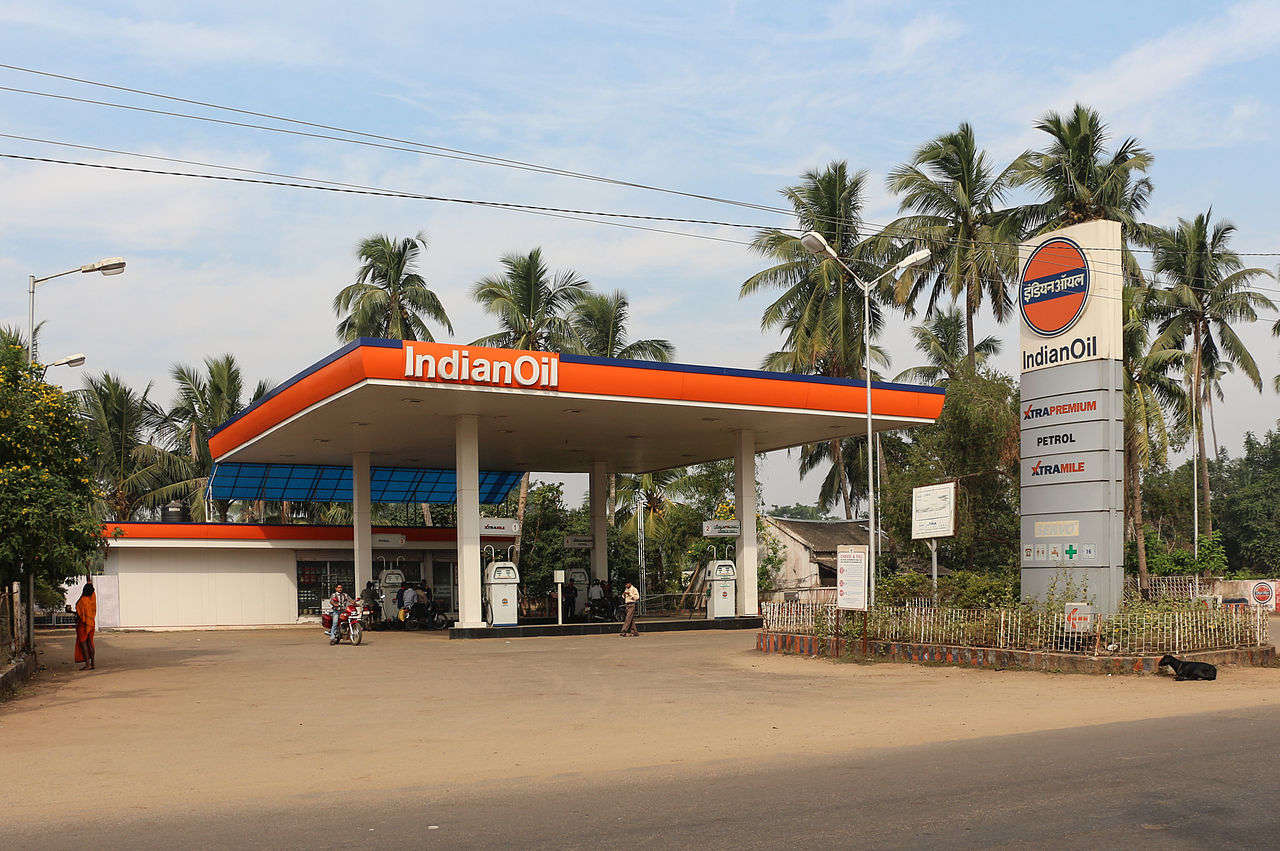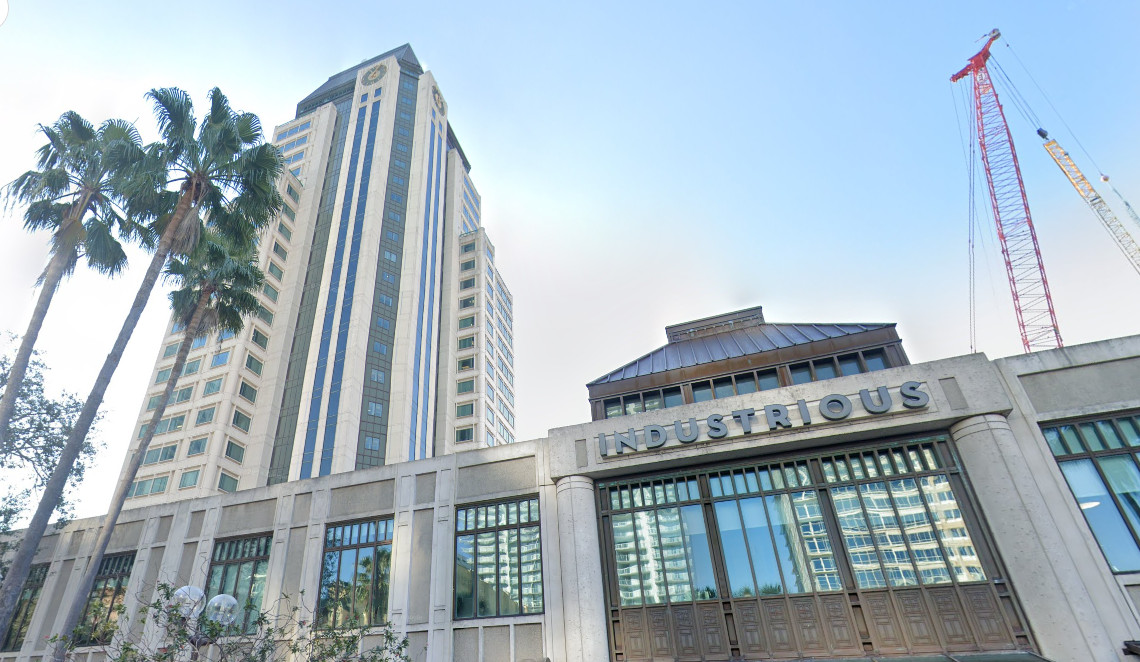New Delhi, India (VIAnews) – Globally, crude oil prices have almost halved over the past 3 years to hover around $50 a barrel. Driven by the shale oil boom in the United States combined with consistent production by OPEC nations, low crude prices have led to a boom in several economies overseas.
However, the story in India is quite the opposite as far as fuel prices are concerned. Over the past 3 years, Indian retail fuel prices have kept rising to hit a 3-year high last week. And this increase has been putting a financial burden on the country’s fast-growing middle class leading to some uncomfortable questions for the Indian government.
An EY report in 2014 estimated that India imports about 76% of its oil requirement. This number keeps rising year-on-year as India’s economic growth continues to be fueled with a heavy dependence on fossil fuels and crude oil. While the fall in global crude prices was expected to benefit domestic customers, the reality seems to be otherwise.
Rising ambitions, rising prices
As of today, benchmark gasoline prices at the fuel pumps in most Indian states hover around ₹79.50 ($1.25) per liter. These prices represent a 3-year high as compared to 2014 when India’s Prime Minister won, in a landslide election, promising reform and economic growth.
In just 2 financial quarters since March 2017, retail prices of gasoline have spiked by 26% from ₹62.75 per liter to hit ₹79.50 per liter. And this is making the country’s middle class rather unhappy.
The Indian government has traditionally dictated retail prices of fuel rather than letting them be tied to market prices. In the early 2010s, when global oil prices hit the roof, the Indian government managed to keep domestic prices in control through heavy subsidies. Since the largest Indian oil companies continue to be state-owned, the government has controlled fuel prices by absorbing losses through subsidies to these companies.
Traditionally, Indian oil companies would fix retail fuel prices on the 1st and 16th of every month under government guidance. However, that changed in June 2017 when Dharmendra Pradhan, India’s petroleum minister, announced that retail fuel sales would now be market-linked and dynamically priced leading to revisions every day.
As a result, oil companies were now free to revise their prices every day without having to wait for the government’s guidance. This also meant that they were now on their own and couldn’t count on the state to help recoup their losses through subsidies.
Moreover, oil companies in India have traditionally operated as critical-function industries rather than profit-making corporations. The fact that they’re state-owned has helped shield them from being answerable to shareholders for non-profitability. This decision, however, put the brakes on that.
The result has been steadily rising fuel prices at gas stations across the country. The ramifications of this took a while to hit people since prices increased marginally by a few cents every day. However, taken over an entire financial quarter, consumers are now beginning to feel the pinch.
Cascading effect on household budgets
Other than hitting motorists, rising fuel prices play a massive role in contributing towards inflation. In India, food and other essential produce are majorly transported across the country by road. As transporters start paying higher prices for fuel, they’re passing on these costs to their consumers.
In August 2017, consumer price inflation in India stood at 3.36% compared to 2.47% in the same month last year. Between June and August, consumer inflation saw a rise of almost 200 basis points thanks, partly, to rising fuel prices.
Moreover, the Indian government introduced a single Goods and Services Tax (GST) in April this year across all 29 states of the country. The main goal behind this was to unify various state and local taxes under one umbrella and make it easier for business to operate. However, surprisingly, petroleum was kept outside the ambit of the GST.
This has led to states imposing their own Value Added Taxes (VAT) on retail fuel prices across the country. These local taxes add over 50% to the cost of retail fuel around the country. Moreover, due to the disparity in taxes from state to state, fuel prices tend to differ considerably around the country.
It is estimated that bringing petroleum products under the unified GST would help reduce fuel prices by almost half. However, this is a decision that needs to be taken by the various states which might seem loath to do so considering that taxes contribute towards essential revenue.
India’s Petroleum Minister said last week that he would welcome the inclusion of fuel prices under a single-unified GST regime. However, that decision is for the GST council to make which consists of Finance Minister from the 29 states of India.
In the midst of all this, the Bharatiya Janta Party (BJP), which leads the Indian government, is finding itself facing some awkward questions as 2 major states go to elections this year. One of these states called Gujarat is the home of Indian Prime Minister Narendra Modi and the election results there will be seen as a referendum on his policies since coming to power in 2014.
Rising fuel prices and the burgeoning cost of daily goods is a pet peeve of the middle-class and is likely to be a major electoral issue. The ability of the BJP-led Indian government to control these prices will decide its electoral fortunes in the upcoming elections.








